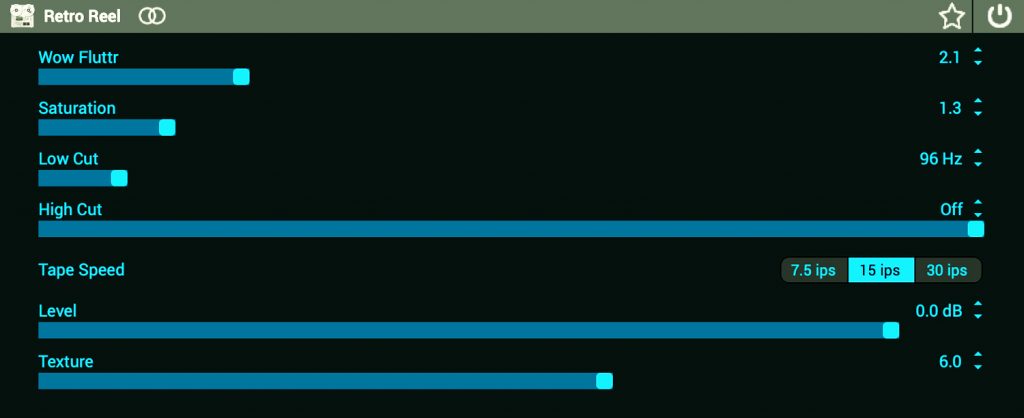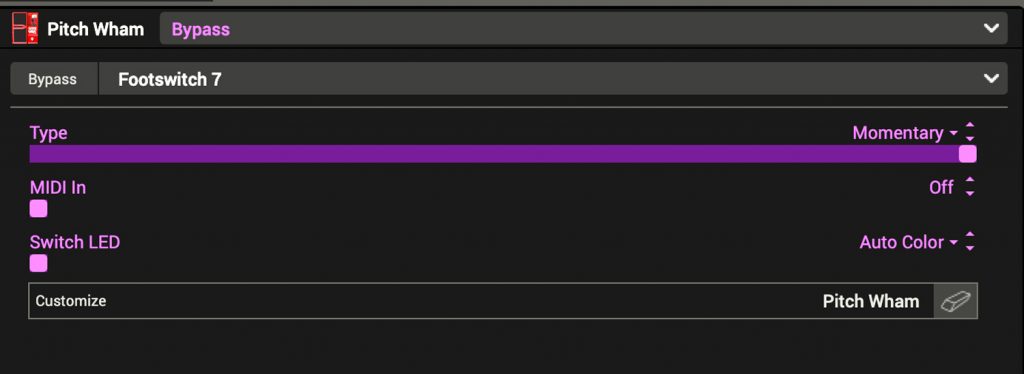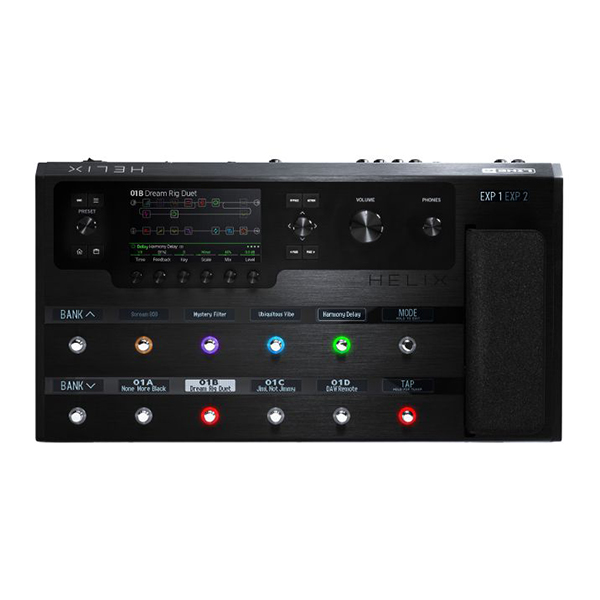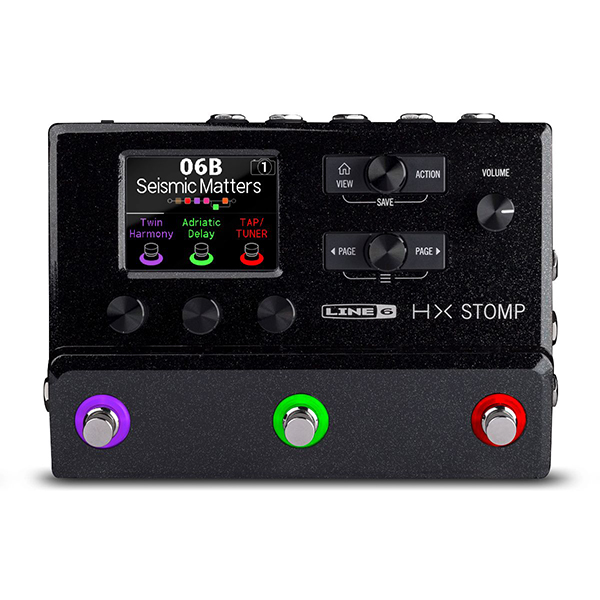Jeff Schroeder: Ambient Sounds Pt. 1 – “Frippertronics”
by Jeff Schroeder
In his foreword to Mark Prendergast’s sprawling book, The Ambient Century (2000), Brian Eno argues that recording and electronic technology transformed the musical experience in terms of how we perceive space in both its physical and psychological dimensions. He writes:
Recording and electronics also allowed composers to work with impossible perspectives and relationships. Producers and musicians discovered that tiny sounds could be made huge and huge ones compacted. And, using echoes and reverberations, those sounds could seem to be located in a virtual space which was entirely imaginary…
Another important thread in the story of ambient music is film soundtracks—music made to support something else, an evocation of a psychological space within which something is intended to happen, a sense of music which presented a climate but left out the action.
With a never-ending supply of pedal, rackmount, and plugin effects at our disposal, more and more guitarists are creating new and exciting ways to defamiliarize the instrument and generate sounds that inhabit these virtual and psychological spaces. From the vantage point of the ambient guitarist, the effects and what they can do to shape and transform sound are very much part of the creative process. In a recent conversation with Anne Sulikowski, she expressed how she views pedals and effects as instruments in-and-of themselves. Hence, in the creation of ambient sounds, there is a slightly shifted relationship between the player, the guitar, and the effects in terms of how we respond to the information sent to our ears as the vibrations flow through these three different positions. Often, as Sulikowski suggests, we end up playing the effects—knob twisting or with expression pedals—as much as we play the guitar. Anne is an amazing musician, composer, and multimedia artist. I highly encourage you to explore her work.
For the last few months, I have been working on a soundtrack for a summer camp slasher film. While discussing the direction of the music with the director, we found we both liked the sounds, feelings, and textures created by vintage synthesizers. However, I thought it would be more original to try and do as much as possible using the guitar. Being my primary instrument, I felt I would be able to be more expressive on the guitar than when playing keyboards. Once I decided that was the direction I wanted to go in, I plugged a guitar into my Helix and began creating patches that would pull me out of my routinized playing process. Being the massive Eno disciple that I am, I decided to employ a variation on the so-called “Frippertronics” method of creating sound and ended up with some great results. But what is Frippertronics?
The first 6:17 of the “The Heavenly Music Corporation” from No Pussyfooting.
In 1972, King Crimson guitarist Robert Fripp was invited to dinner at Eno’s home in London. When he arrived, he found that Eno had assembled a tape-loop system using two Revox reel-to-reel recorders, with the feed reel on one machine, the take-up reel on the other, and the output signal of the second machine fed back to the input of the first (a technique pioneered by composers Terry Riley and Pauline Oliveros). Fripp played a 21-minute guitar improvisation using the looping system, then overdubbed an accompanying solo, and that performance became the A side of Fripp & Eno’s No Pussyfooting album, released in 1973.
In the past, I’ve set up Helix presets to do a simplified version of what Eno’s tape machines accomplished. However, I figured there had to be a better way to create Frippertronics-style presets, which is when I came across Bill Vencil’s YouTube channel, Chords of Orion, a treasure trove of information about all aspects of ambient guitar technique and sound shaping. The presets I am sharing with you today are highly indebted to Vencil’s approach to simulating Frippertronics within the modeling realm. I recommend this video in which he shares two presets for HX Stomp:
Bill Vencil: Line 6 HX Stomp Frippertronics: I Show You 2 Patches!
My first preset, Frippertronics 1, is a scaled-down version of the preset I use most of the time and is similar to Vencil’s.

I think it’s best to start with this simpler preset and get used to playing with the long delays and repeats. The sound is also a clean amp, which will allow you to hear more of what’s happening with the notes you are playing. I learned from Vencil’s video that the Helix Looper can be used for fading repeats by turning the Overdub level down.

For this preset, I have the level at -1.7db, which means that each repeat will be 1.7db quieter than the previous one until it becomes inaudible. By lowering the level, you lessen the buildup of repeats. If the Overdub control is set to 0db, you will be in infinite-loop territory, which is a very different sound.
Setting the delay time is fairly easy once you wrap your head around how to do it. Enter into Stomp mode and press the 6 Switch Looper footswitch. Next, press the Record footswitch and count out the length of time you want the delay to be. You can count in your head, use a timer, or even a metronome. I would suggest starting with some shorter times, such as 3-to-4 seconds. Once you’ve decided upon the amount of time, press the Stop/Play footswitch and then the Record footswitch again (which will then be in overdub mode). Now you’re ready to perform some Frippertronics.
From here, I usually like to exit out of the Looper and return to Stomp mode. I also added the Retro Reel block towards the end of the signal chain to add some of that vintage tape machine sound to the preset.

I made two sound examples using this preset, one with Ebow and one without.
In both examples, I’m constantly riding the volume pedal to ease into notes and take some of the immediate attack away.
The next preset, Frippertronics 2, is an expanded and slightly modified version of the Frippertronics 1 preset.

I added a pitch shifter, two modulation effects, and the Shimmer reverb in lieu of the Ganymede. If you take a close look at the Looper settings, you’ll see the Overdub level is slightly lower (-2.7dB), resulting in fewer repeats.

Because of the added effects, the “guitar as a traditional guitar” becomes more defamiliarized and we get into semi-synthesizer territory sonically.
The final preset, Frippertronics 3, has a whole lot more going on within the signal chain.

The biggest changes from the two previous presets are this one uses a distorted tone and in place of the Looper I used the Simple Delay. Again, inspired by Bill Vencil’s preset, this is another way to achieve the long gradually fading delays.

The mono Simple Delay will give you up to 8 seconds of delay time if you desire to create really long loops. I’ve also turned on the Trails for this delay. If you increase the Feedback, you can turn the delay off without killing the repeats. This is essentially like turning off a tape machine’s record head temporarily and will allow you to play without recording.
Once you hear the delay repeats starting to fade, just turn the delay back on and continue creating ambience. If you have another expression pedal, try regulating the amount of feedback with it to allow the repeats to hangout longer when you’re out of record mode. You’ll also notice I added a Whammy effect placed on a momentary footswitch instead of an expression pedal.

And finally, I’ve created some Snapshots with this preset that add in some of the modulation effects. That being said, I like to keep this preset on the Normal snapshot and manually add and subtract the effects while playing. In the last sound example, you’ll hear me engaging many of the different effects located in this preset.
To create these presets and sound examples, I used my Yamaha SG1802 with Black Cat mini humbuckers. As always, play around and modify the presets to suit your guitar and playing style.
Main Photo: Travis Shinn

Jeff Schroeder is a musician based in Los Angeles. He currently plays guitar in the Smashing Pumpkins and Night Dreamer. Besides guitar, Jeff is obsessed with coffee and 20th century experimental literature.
Related posts
Leave a Reply
You must be logged in to post a comment.
By submitting your details you are giving Yamaha Guitar Group informed consent to send you a video series on the Line 6 HX Stomp. We will only send you relevant information. We will never sell your information to any third parties. You can, of course, unsubscribe at any time. View our full privacy policy







I do this with the HX Effects, using a delay as well. I would use the looper, but L6 did not implement any sort of feedback control on the looper at all. If they did, I could do Fripp’s more modern ‘Soundscape’ looping which uses loops over 20 seconds. Feedback is an essential control for us modern and classic improvisational loopists, so usually we have to add external pedals to make up for the missing parameter in the Helix/HX environment.
Honestly, would love it if the Looper’s ‘Overdub Level’ could be controlled with the exp pedal in real time.
Mincer, you CAN assign the Overdub parameter to the expression like any other. At least on Helix.
This article (and the linked Helix Presets) actually got me to finally plunk down $99 for a copy of Helix Native, thinking I’d be able to play with the presets. . . unfortunately, I learned after firing Native up in Ableton that the Loop block isn’t part of the Native software! No way to work around that, eh?
My Helix has the latest firmware, but it won’t import the Fripp patches. I get the “HX Edit cannot import presets because it contains unrecognized models”
However, I did try to import some other 3rd party presets and those did work…
Yes, you can map Overdub to the expression pedal. What I mean, is that it should act like a true feedback control, in that the expression pedal controls the feedback of the loop no matter if you are in overdub mode or not. This would be closer to actual Frippertronics.